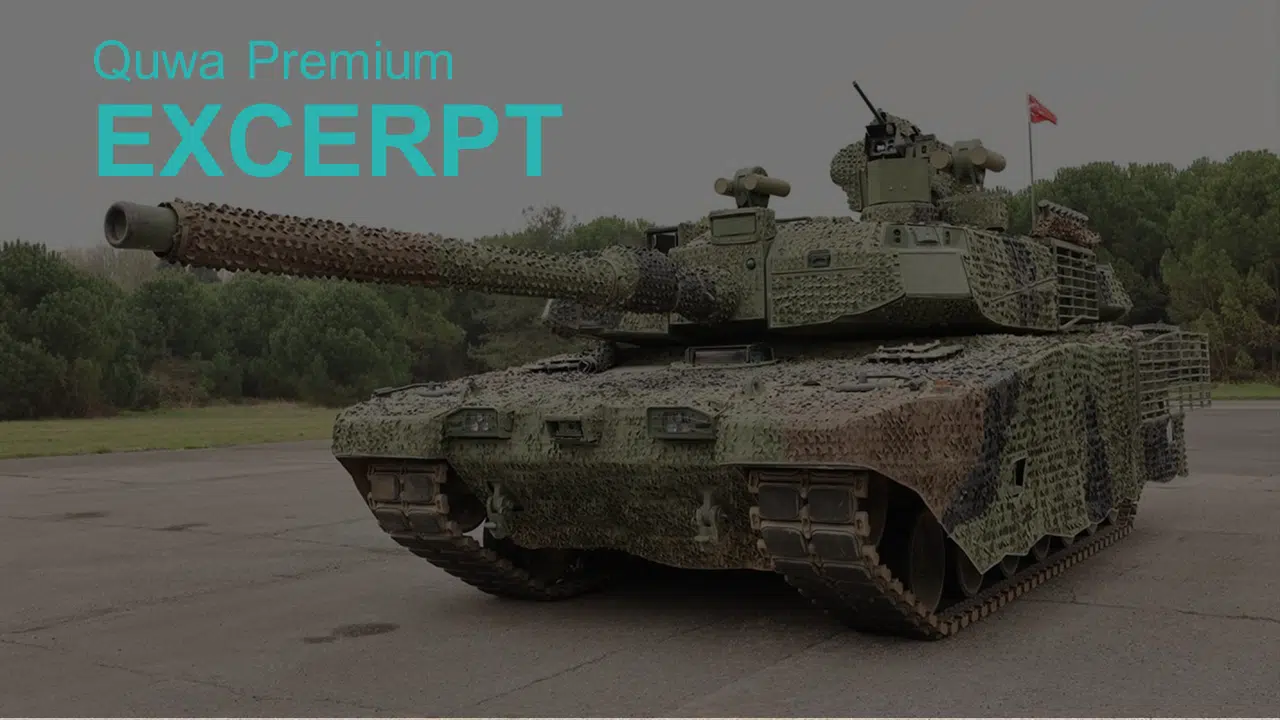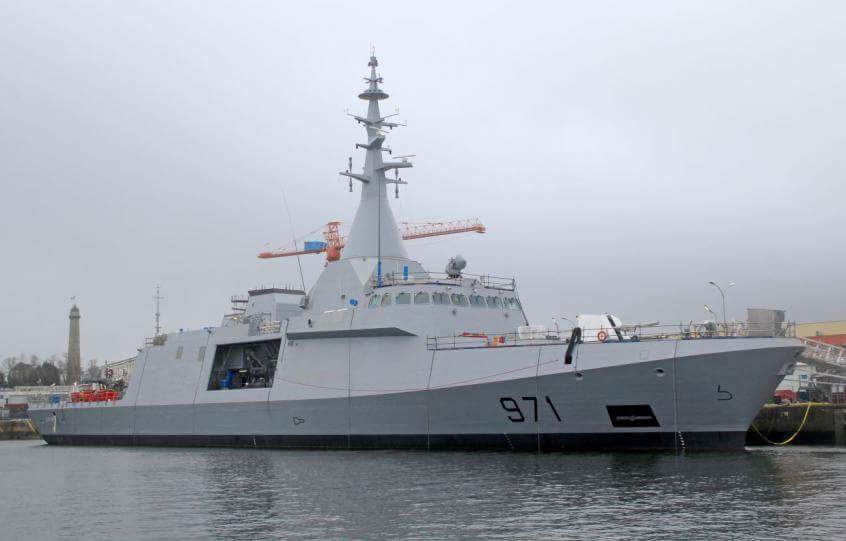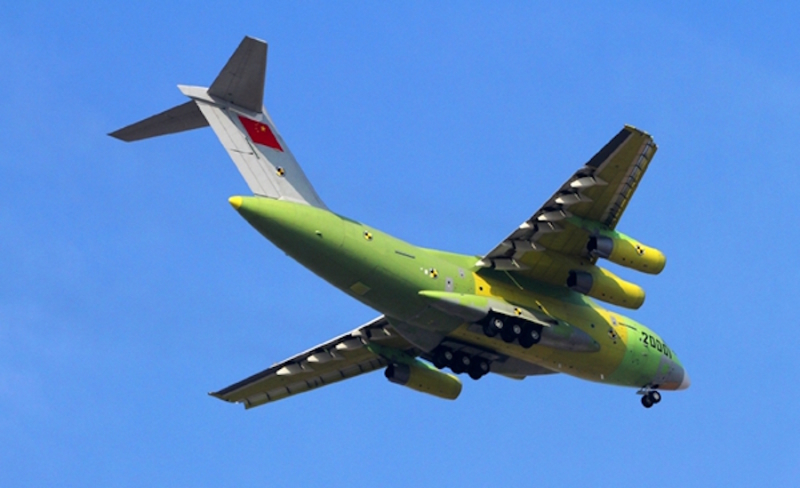312Views

Monthly Defense News Recap – March 2023
The defence industries of Türkiye, South Korea, and India are all making progress by developing weapon systems for their respective national militaries.
Türkiye’s Altay Main Battle Tank Ready for Armed Forces Testing
Turkish automotive manufacturer, BMC Otomotiv Sanayi ve Ticaret A.Ş., officially lifted the covers off a new prototype of the Altay main battle tank (MBT).
Currently, BMC is calling the new variant the “Yeni Altay” or New Altay.
According to BMC, the Yeni Altay incorporates a number of improvements across its armour system, fire control system, fuel and hydraulic pumps, and other areas. It also features an active protection system. It is a different design from the original prototype unveiled in 2014.
BMC’s chief executive officer (CEO), Murat Yalçıntaş, revealed that the company will deliver two prototype Yeni Altay MBTs to the Turkish Armed Force (TSK) for testing. The TSK is expected to complete testing by 2024 and, in turn, BMC could start manufacturing the Yeni Altay by 2025.
The first tranches of the Yeni Altay will use a South Korean engine. However, BMC is planning to configure the tank with the indigenously developed Batu V12 turbodiesel engine from 2026. The Batu V12 will be a 1,500 hp design capable of 4,600Nm of torque.
Otherwise, a significant – and growing – proportion of the Yeni Altay draws on Turkish R&D efforts. These include electronic subsystems, armour, hydraulic systems, cooling systems, and much more…
End of excerpt. Subscribe to Quwa Premium to read the rest of this section.
India’s Latest Arms Procurement Run Favours Local Suppliers
On March 16, India’s Defence Acquisition Council (DAC) greenlit $8.53 billion USD worth of new weapons for the Indian Armed Forces. Overall, the majority of the DAC approvals cover Indian Navy (IN) programs, specifically in terms of munitions for surface combatants and new shipborne helicopters.
The approvals included, among others, 225 additional BrahMos supersonic-cruising missiles (for the IN’s Project 15B destroyers and Project 17A frigates); 60 naval helicopters to be manufactured by Hindustan Aeronautics Limited (HAL); 155 mm/52-caliber Advanced Towed Artillery Gun Systems (ATAGS) to be co-produced by Bharat Forge and Tata Advanced Systems; and Long-Range Stand-Off Weapons (LSROW) for the Indian Air Force’s Su-30MKI multirole fighters. In addition, the DAC also cleared the development of a locally designed ship engine – i.e., the Medium Speed Marine Diesel Engine.
India’s Ministry of Defence (MoD) emphasized that all of the DAC-approved programs will be “made under the Buy (Indian-Indigenously Designed, Developed and Manufactured) category.”
While New Delhi wants to centrally involve India’s defence industry in the country’s arms procurement, it still wants to leverage foreign original equipment manufacturers (OEM). The centerpiece of this strategy is the ‘Strategic Partnership’ model which pushes Indian vendors to collaborate with foreign OEMs when bidding for key Indian military programs…
End of excerpt. Subscribe to Quwa Premium to read the rest of this section.
Korea Aerospace Industries’ KF-21 Fighter Nears Closer to Production
Korea Aerospace Industries’ new KF-21 Boramae multirole fighter continues to cross key milestones along its development track. This month, KAI announced that it carried out a successful test flight of a prototype configured with an active electronically scanned array (AESA) radar.
According to the Defence Acquisition Program Administration (DAPA), the KF-21 could reach the combat viability stage six months ahead of the original schedule.
Plans are reportedly underway to start mass-producing the KF-21 in 2024 and, in turn, achieve a delivery date for some time in 2026. Considering that the first KF-21 prototype first flew in July 2022, a four-year turnaround from maiden flight to initial production is impressive.
“Through more than 140 test flights, we have demonstrated the KF-21’s performance of initial flight stability, supersonic flight, AESA radar detection accuracy and weapons,” said DAPA.
The KF-21 is a twin-engine medium-weight multirole fighter. KAI terms it as a ‘4.5 generation’ design, but it has low-observable (LO) design attributes similar to emerging fifth-generation fighter aircraft (FGFA)…
End of excerpt. Subscribe to Quwa Premium to read the rest of this section.
Pakistan’s JF-17 and J-10CE Fleets Continue Growing
The Pakistan Air Force (PAF) quietly added the JF-17 Block-3 and a new batch of J-10CE fighters to its fleet.
Today, the two platforms headline the PAF’s ongoing modernization push by adding active-electronically scanned array (AESA) radars, helmet-mounted display and sight (HMD/S), PL-10E off-boresight air-to-air missile (HOBS AAM), and PL-15E beyond-visual-range air-to-air missile (BVRAAM) integration to the fleet.
The J-10CE and Block-3 form a ‘high-low’ mix that share key subsystems and weapon systems (e.g., HMD/S and AAMs). The PAF is poised to procure additional aircraft of both types through the rest of this decade to supplant its remaining legacy fighters, like the Chengdu F-7P/PG and Dassault Mirage III/5…
End of excerpt. Subscribe to Quwa Premium to read the rest of this section.
End of Excerpt (717 / 1,506 words)
You can read the complete article by logging in (click here) or subscribing to Quwa Premium (click here).


